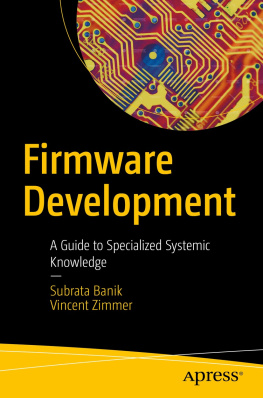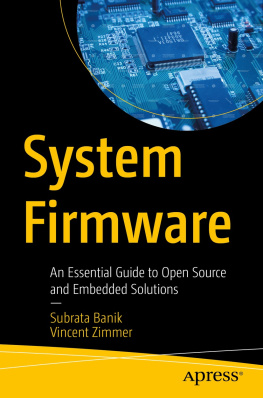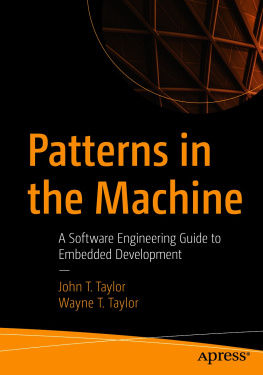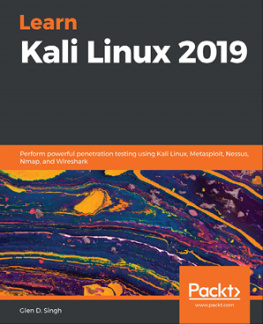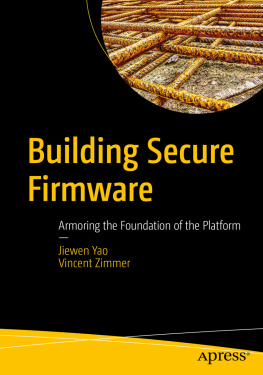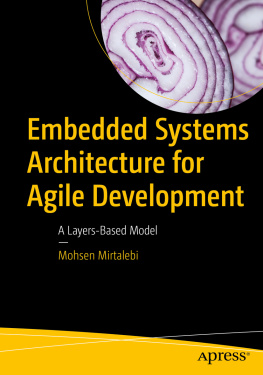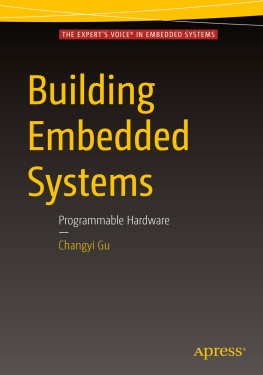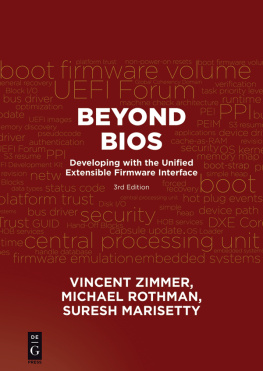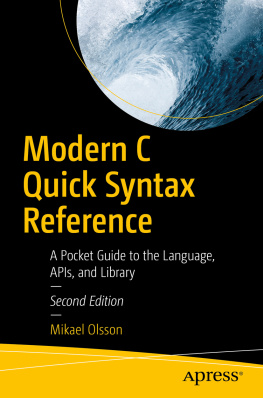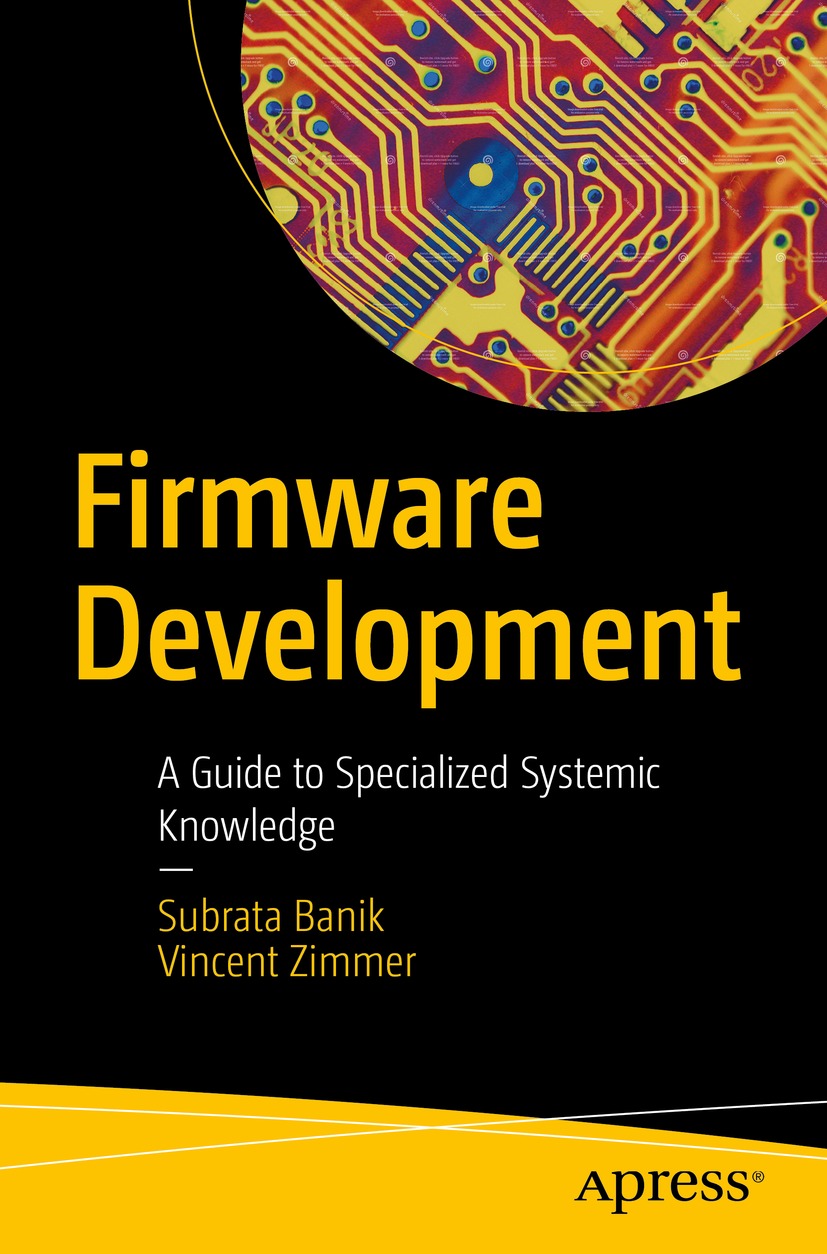Subrata Banik - Firmware Development: A Guide to Specialized Systemic Knowledge
Here you can read online Subrata Banik - Firmware Development: A Guide to Specialized Systemic Knowledge full text of the book (entire story) in english for free. Download pdf and epub, get meaning, cover and reviews about this ebook. year: 2022, publisher: Apress, genre: Computer. Description of the work, (preface) as well as reviews are available. Best literature library LitArk.com created for fans of good reading and offers a wide selection of genres:
Romance novel
Science fiction
Adventure
Detective
Science
History
Home and family
Prose
Art
Politics
Computer
Non-fiction
Religion
Business
Children
Humor
Choose a favorite category and find really read worthwhile books. Enjoy immersion in the world of imagination, feel the emotions of the characters or learn something new for yourself, make an fascinating discovery.
- Book:Firmware Development: A Guide to Specialized Systemic Knowledge
- Author:
- Publisher:Apress
- Genre:
- Year:2022
- Rating:5 / 5
- Favourites:Add to favourites
- Your mark:
Firmware Development: A Guide to Specialized Systemic Knowledge: summary, description and annotation
We offer to read an annotation, description, summary or preface (depends on what the author of the book "Firmware Development: A Guide to Specialized Systemic Knowledge" wrote himself). If you haven't found the necessary information about the book — write in the comments, we will try to find it.
Build your own system firmware. This book helps you understand system firmware architecture and minimalistic design, and provides a specialized knowledge of firmware development. The book includes guidance on understanding the system firmware build procedure, integrating pieces of firmware and allowing configuration, updating system firmware, creating a development infrastructure for allowing multi-party collaboration in firmware development, and gaining advanced system firmware debugging knowledge.
After reading the book you will be able to assume better control while developing your own firmware and know how to interact with native hardware while debugging. You will understand key principles for future firmware development using newer technology, and be ready for the introduction of modern safe programming languages for firmware development. Detailed system firmware development case studies using a futuristic approach cover:- Future scalable system firmware development models
- Types of firmware development (system firmware, device firmware, manageability firmware)
- Tools and their usage while creating system firmware
- How to build infrastructure for seamless firmware development using a multi-party development model
- Debugging methodologies used during various phases of firmware product development
- Setting up key expectations for future firmware, including thinner firmware footprints and faster execution time, easier configuration, and increased transparent security
What You Will Learn
- Understand the system firmware working model of the future
- Gain knowledge to say goodbye to proprietary firmware for different types of firmware development
- Know the different types of tools required for creating firmware source code before flashing the final image into the boot device of the embedded system
- Develop skills to understand the failure in firmware or in the system and prepare the debugging environment to root cause the defects
- Discern the platform minimal security requirement
- Optimize the system firmware boot time based on the target hardware requirement
- Comprehend the product development cycle using open source firmware development
Who This Book Is For
Embedded firmware and software engineers migrating the product development from closed source firmware to open source firmware for product adaptation needs as well as engineers working for open source firmware development. A secondary audience includes engineers working on various bootloaders such as open source firmware, UEFI, and Slim Bootloader development, as well as undergraduate and graduate students working on developing firmware skill sets.Subrata Banik: author's other books
Who wrote Firmware Development: A Guide to Specialized Systemic Knowledge? Find out the surname, the name of the author of the book and a list of all author's works by series.

